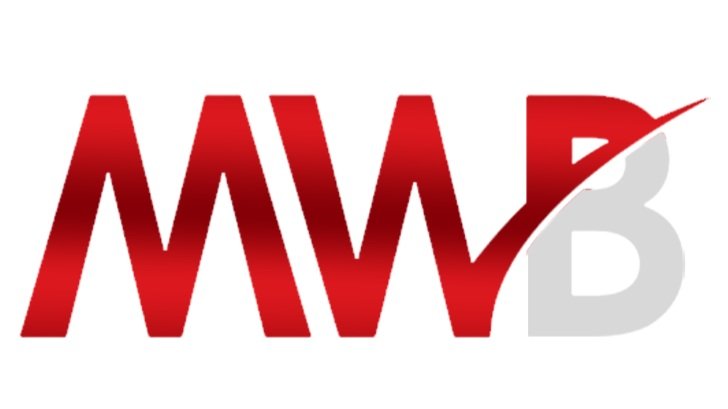Nine Tips To Ease The Compliance And Registration Process
To simplify the compliance and registration process, follow these nine tips when starting a business:
Join a professional association with expertise in helping new advisors. Membership groups such as XY Planning Network (XYPN) guide new advisors through the thicket of compliance issues, providing templates, videos and customized help as needed. Regulatory rules differ by state and change often, so it helps to ally yourself with an organization that tracks these matters on a state-by-state basis.
"I used XY Planning Network's compliance team," said Theodore van Gerven, a certified financial planner in Woburn, Mass. "They did most of the heavy lifting for me."
Watch your wording. Regulators want advisors to explain their fee structure and track where and how money will flow as it comes into the firm and goes into designated bank accounts. You'll need to file Form ADV to register with your state and report certain facts about your business. Clear, succinct descriptions work best and help smooth the way in starting a business.
"XYPN was extremely helpful with the registration process and providing me with the appropriate ADV language," van Gerven said.
Muster your patience. Some advisors find that their state regulators lack responsiveness. Even if you submit all the initial documents to request registration and adhere to the state's preferred method of communication (such as using email rather than calling), there's no guarantee that you'll hear back promptly. Polite persistence pays off.
Take minor setbacks in stride. During the registration process, advisors may receive a deficiency notice from the state securities division. In many cases, addressing the concern is straightforward and will not significantly impede the approval process.
Stick to the topic. Give crisp, concise responses when communicating with regulators. If you're chatty by nature, beware of going overboard and volunteering ancillary information that throws a wrench into the proceedings.
"If you provide more than they need, it can lead to more questions," said van Gerven. "They'll keep going. Answer questions directly and give them exactly what they're looking for."
Use the time wisely. You cannot launch a website, advertise or otherwise represent yourself as an advisor until you get the regulatory go-ahead. But you can still engage in productive activities while you're in limbo.
For instance, van Gerven spent those 3-1/2 months developing his service model, forming a limited liability company and shopping for technology such as financial planning software, portfolio analytics and a customer relationship management platform.
"I came into this knowing that I'll only be a solo advisor," van Gerven said. "My goal is to have 75 clients, max."
Consider fintech vendors. A growing number of providers offer compliance software and consulting. With a range of fees and tiers of service, they may promote a turnkey solution. Examples include RIA in a Box, Smarsh and Compliance Advisers.
Gird for an audit. Many states will audit new advisors during their first year in business. Expect them to look over your books, scrutinize your processes and inspect the engagement letter and financial planning agreement that your clients sign.
